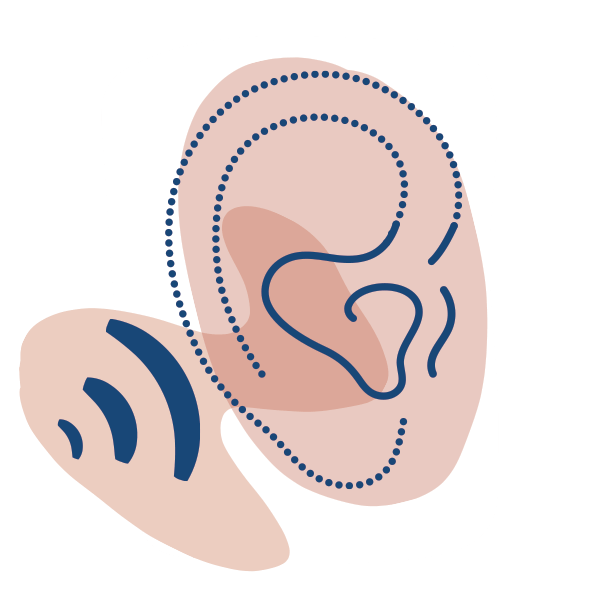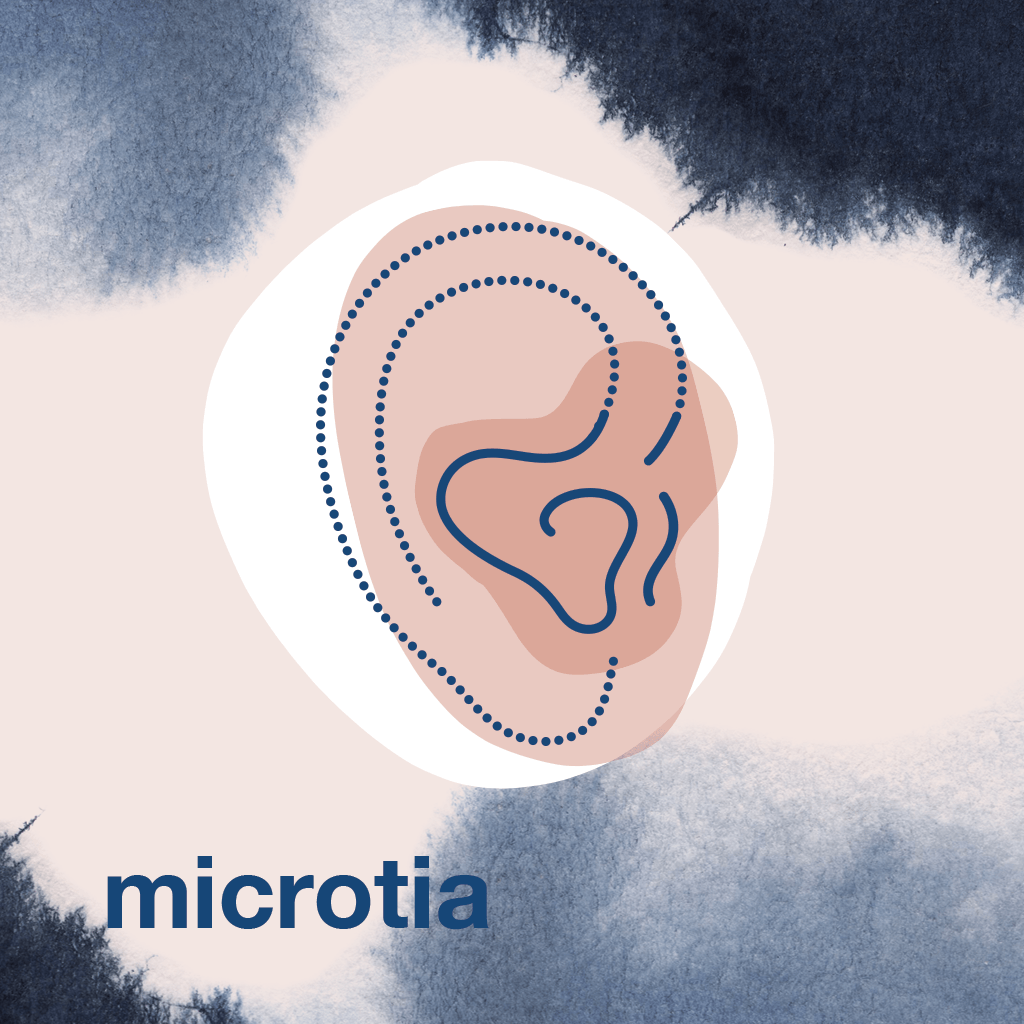Hearing in Microtia
The following information sheet is intended as a resource for parents who may be preparing for their child to undergo ear reconstruction surgery for microtia with Dr Nicholas Lotz.
-
Patient Information
Fact Sheet
-
Tags
Hearing in Microtia

hearing-in-microtia
In some cases of microtia the hearing may be normal or partly reduced and not require any treatment. Patients with microtia may not have an external ear canal, but this does not necessarily mean that they cannot hear on that side, as the inner ear can still be normal. In others, there may be problems with the formation of the middle ear which can affect hearing.
A CT scan will usually be performed to check the anatomy of the inner ear. Patients will also have an audiogram (hearing test) to check the hearing in both of the ears.
In the past, patients who had a normal inner ear but no ear canal underwent surgery to re-create the ear canal which leads to the eardrum. This is complex surgery which can cause injury to the facial nerve which controls the muscles of the face. There are also problems with the hole which is created shrinking over time and closing up again. The ear canal also looks too large and is not in the anatomically correct position, which can affect the appearance of the ear.
The decision whether you need to restore hearing to a single affected ear is controversial, and it is recommended that you seek expert advice from and ENT surgeon. Children can develop normally as long as the hearing is unaffected in one ear, however there is a lot of recent evidence suggesting that hearing in both ears is much better.
Treatments for
Hearing Loss
The treatment for hearing loss in association with microtia is changing rapidly. Frequently, a bone anchored hearing aid (BAHA) is used, which transmits sound vibrations directly into the skull. This avoids the complications and the poor success rates associated with surgery to reconstruct the ear canal.
Your ENT surgeon can advise you what is available, but it is important to make sure that this surgery is co-ordinated with any potential future ear reconstruction.

microtia-plastic-surgery-procedures-1024-sm-2
Related Factsheets
Ear Reconstruction Surgery
The following information sheet is intended to assist patients preparing for ear reconstruction surgery for birth defects such as microtia, trauma or previous surgery with…
Minor Ear Deformities
The following information sheet is intended as a resource providing an overview of minor ear deformities including cryptotia, lop ear and/or a small ear-lobe,…
About Microtia
The following information sheet is intended as a resource for parents who may be preparing for their child to undergo ear reconstruction surgery for…
Hearing in Microtia
The following information sheet is intended as a resource for parents who may be preparing for their child to undergo ear reconstruction surgery for…





